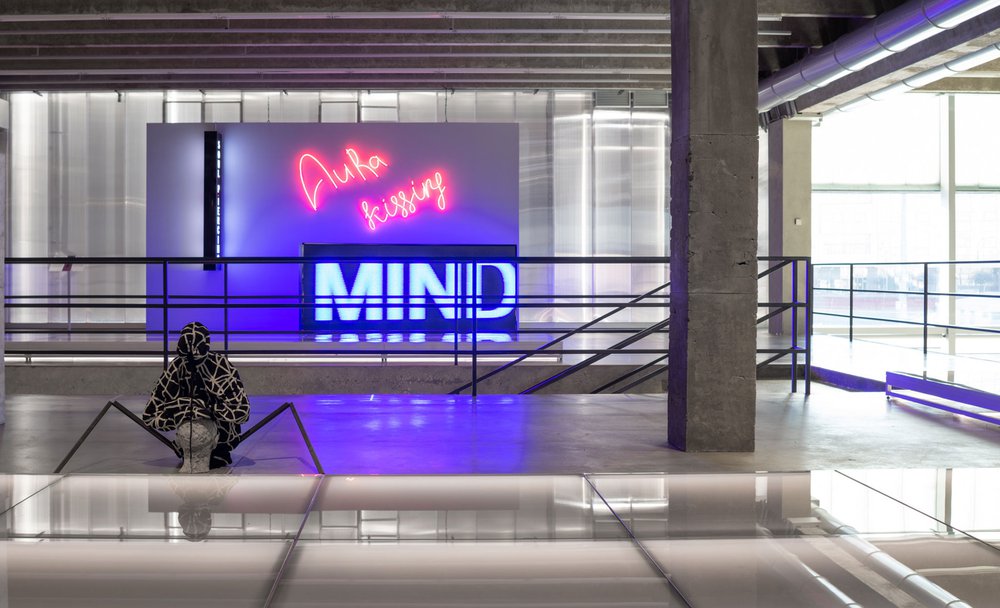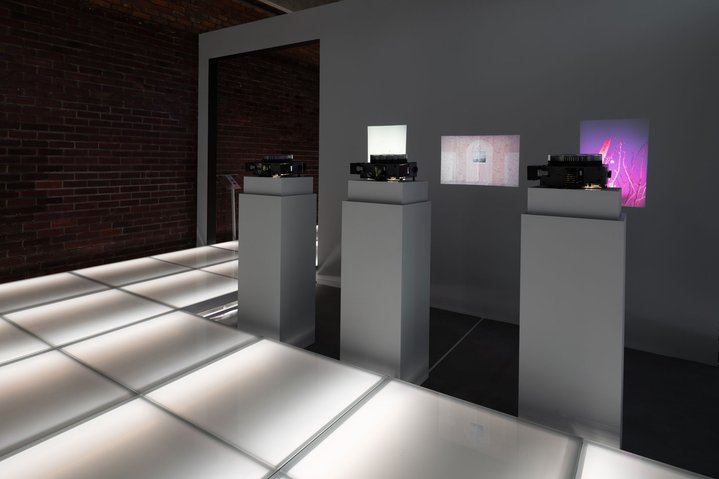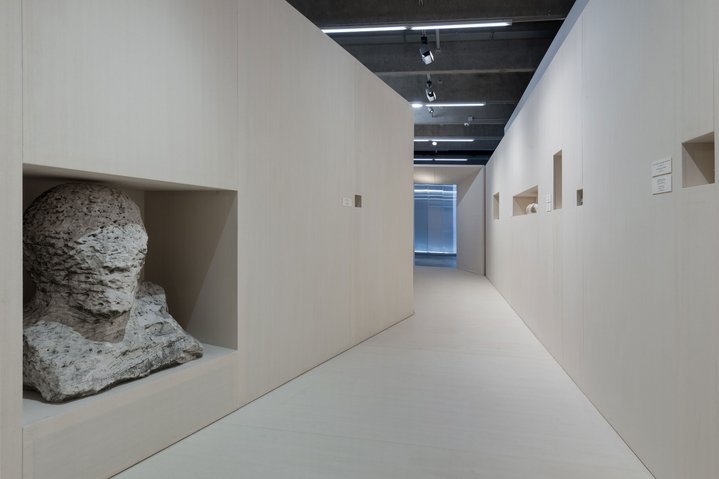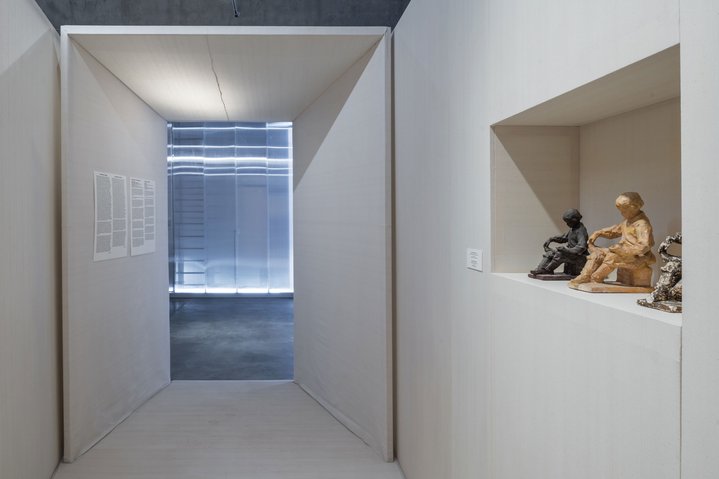Making it through the coronacene

Two new exhibitions at the Garage in Moscow transport viewers to an alternative reality, inviting us to ponder over things that almost – but did not – happen.
The year 2020 may have been a terrible one, but great art will nonetheless be inspired by and made for this moment. The Garage Museum of Contemporary Art has been hot off the starting blocks, mounting a headline exhibition this spring, gathering the energies of an atomized art community and issuing its first-ever open call to contemporary artists living and working in Russia. ‘Assuming Distance: Speculations, Fakes and Predictions in the Age of the Coronacene’ contains an impressive 33 projects, most of which are new commissions. They take the idea of speculation as a means of exploring present and future realities.
If the title and premise sound heady, wandering through the exhibition might leave you feeling a bit like an interloper in an impenetrable hangout of references, animations, textures and songs. Exhibition goers move along a raised floor, a gridded “supersurface” that evokes the eerie global energy matrix envisioned by 1960s Italian architects Superstudio. Yet, the more time I spent in the exhibition, the more I realized that its guiding question is actually a familiar one, fundamental to any creative practice today: How can art critically reflect on the space and time of its making?
Iaroslav Volovod, who co-curated the exhibition with Ekaterina Lazareva and Ekaterina Savchenko, said that they looked for art that used “the concept of speculation not only in order to gain critical distance from the present world, but also to imagine future ones”. Lazareva added: “Assuming some sort of critical distance in order to consider potentialities – this is one of art’s ‘eternal’ methodologies.” This question of what the future will look like is one with which many of the viewers, if not all of us, will also doubtless be grappling. The St. Petersburg-based collective ‘Chto Delat’ has been a powerful critical consciousness for Russian art in recent years. Here, too, their installation ‘Six Kinetic Melodies for A Required Future’ (2021) both fractures and heightens distinctions between personal space, politics and virtual life. In a film, we witness a zoom conversation between various creative and intellectual workers, while the adjacent room contains several ‘windows’ onto a present, and perhaps future, Russia. Large-scale wooden frames contain photographs of recent high-tech political realities, including a prison transport truck from Ufa outfitted with radiators, bio-toilets and air conditioning. Across each photograph, the group has planted artificial flowers in the shape of recent amendments to the Russian Constitution, such as #9928-7 GD “On education in the Russian Federation”, which aims to shield schoolchildren from anti-Russian propaganda. To see the image, viewers must literally pull back curtains printed with virtual background patterns. Through this action, regulations move between foreground and background, while virtual high-tech ideas and omnipresent zoom squares become palpable as material, low-tech structuring devices.
If Chto Delat’s work amplifies political realities, other projects utilize speculative distance to create what Volovod calls an “alternative space”, detached from the everyday and “transported elsewhere”. Such freedom, of course, risks a potentially dangerous disconnect from what is fact. As the Covid-era spate of conspiracy theories demonstrates, in a rush to find comfort and answers, humans have an impressive capacity to invent stories. The unmistakable cute gloominess of Maxim Trulov (b.1991) and Ksyusha Lastochka (b.1991) is the perfect fit for their doomsday food-truck ‘CURE-ALL’ (2021). Their installation promises to sell ceramic vials of a healing elixir, melding playful street life with the thrill of a pill-sized quick fix to our fears.
One of the show’s most pithy commentaries comes from Ivan Seryi’s (b. 1991) kinetic sculpture ‘Abacus’, a mechanized counting device in the shape of DNA. The chips slide with each turn, becoming a crisp reminder of the entwinement of capitalism and the pharmaceutical industry — and perhaps, more optimistically, the continual possibility of invention. Equally clever are Genda Fluid’s (b. 1989) ‘Soul Piercing Aura Kissing Mind Blowing’ (2021), where the phrases “soul piercing, aura kissing, mind blowing” scroll endlessly. Like TikTok, each expression is a dramatic climax that lasts mere seconds.
Also on view is the archival show ‘Present Continuous’, curated by Ekaterina Inozemtseva and Sasha Obukhova, with Tonya Trubitsina, which focuses on the afterlives of unrealized projects. Given the numerous coronavirus-induced cancellations, this exhibition feels like a hopeful consolation. Especially remarkable are the drawings and models for Francisco Infante-Arana’s 1968 proposal for a kinetic light display on the Red Square. Even if the project did not survive the struggle between bureaucracy and creative vision, it nevertheless lives on in a different medium.
Assuming Distance: Speculations, Fakes, and Predictions in the Age of Coronacene
Garage Museum for Contemporary Art
Moscow, Russia
March 26 – August 1, 2021
Present Continuous
Garage Museum for Contemporary Art
Moscow, Russia
March 26 – August 8, 2021














